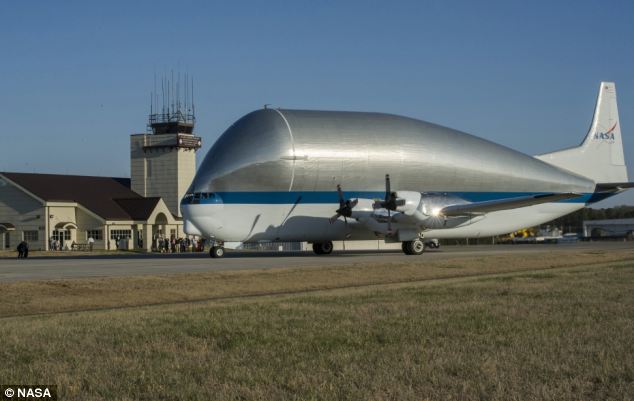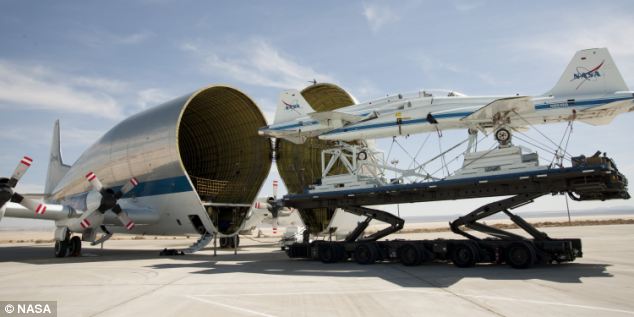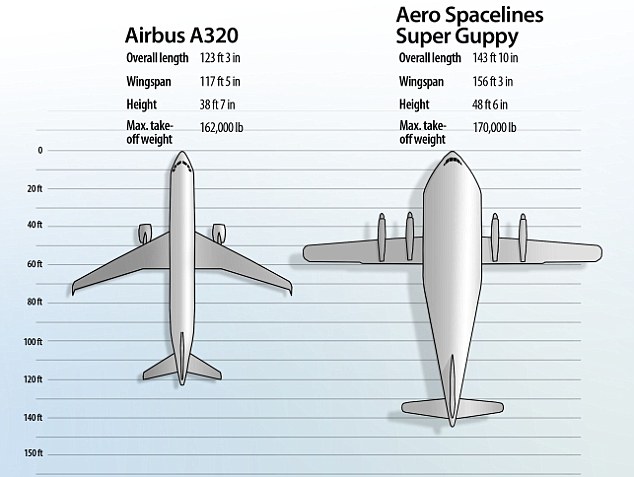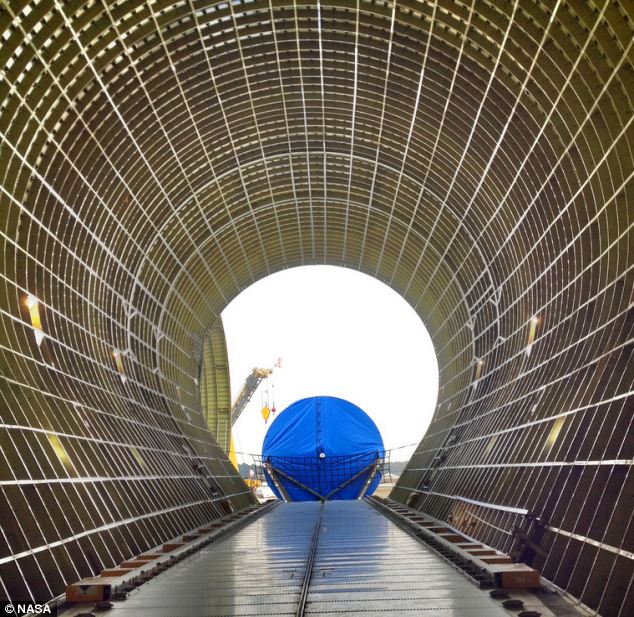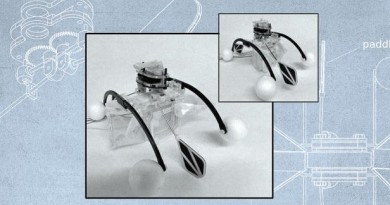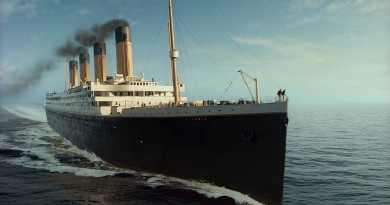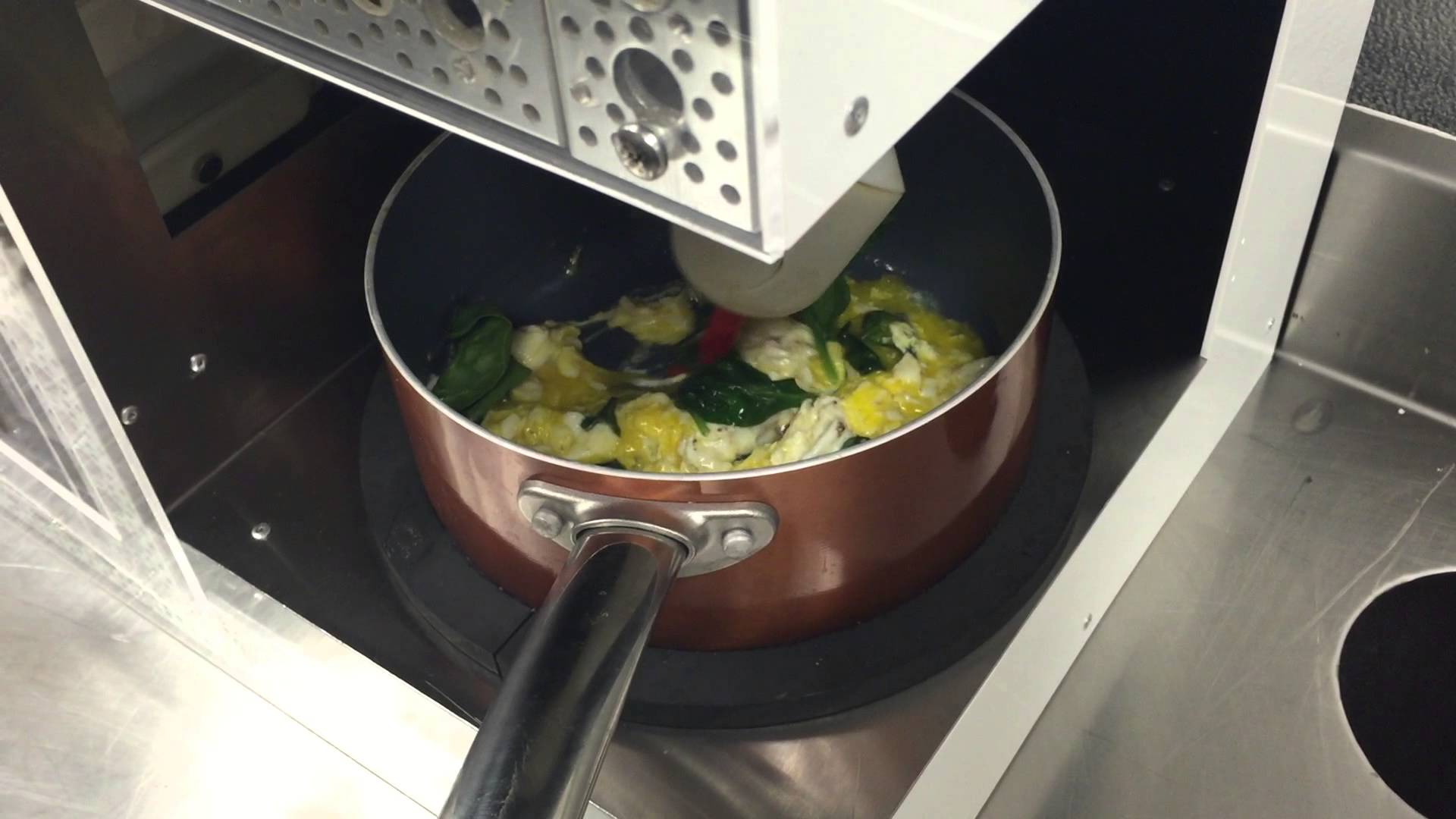NASA Super Guppy Plane that can carry 27 tons @290mph
Can you imagine what kind of challenge it would have been for President Kennedy to ship the huge gigantic parts, and machineries for the moon mission back in 1960’s?
Boy-o-boy did NASA came up with a solution in its own gigantic manner.
It may look like a huge whale in the sky but this super-size plane is in fact NASA’s answer to shipping spacecraft components around the world. Designated the Super Guppy Plane this giant is capable of gulping down other other planes whole and has played a vital role in missions including Gemini and Skylab.
History
This gulping giant was tested and called a home to the NASA’s Langley Research Centre in Hampton, Virginia.
The Aero Space lines Super Guppy was first created in 1962 as a successor to the aptly-named Pregnant Guppy cargo aircraft.Pregnant Guppy helped achieve President Kennedy’s goal of getting to the moon by the end of the 1960s.
Without Pregnant Guppy, the only other way to get the Apollo rocket stages from California to Florida was on a slow boat through the Panama Canal.
Facts
- Dubbed Super Guppy, the aircraft is able to swallow other planes whole.
- It has played a vital role in space missions including Gemini and Skylab.
- It has a 156 ft. (48m) wingspan, is 143 ft. (44m) long and 37 ft. (11m) tall.
- It can carry a payload over 52,500 lbs. (24,000kg) at 290 mph up to 564 miles.
Unique Manufacturing
The Super Guppy was designed in an economic way by the engineers using the Technics which carried the 30-foot (9.14 meters) wide, 10,000-pound (4,536 kilograms) composite, and double deck multi-bay box from Long Beach, California, to Virginia so researchers can bend, pressurize and eventually break it.
Major part of the body is made out from the light weight, damage-tolerant, stitched composite structural concept called Pultruded Rod Stitched Efficient Unitized Structure or PRSEUS. It was built for NASA’s Environmentally Responsible Aviation (ERA) project by Boeing Research & Technology in Huntington Beach, California, and assembled in Long Beach.
Comparative Perspective
Well comparing any super plane with Guppy, it holds a major advantage of the hugeness. The Guppy barnstorms in its own exclusive vibe, which paramount in competition.
The Super Guppy is more than 20ft (7 meters) longer than an Airbus A320 and has a wingspan of 156 ft. 3 inches (47.6 meters) compared to an A320 wingspan of 117 ft. 5 inches (35.8 meters).
Unusual specks
- The Super Guppy, designated 377SG-201, has a cargo compartment that is 25 feet tall, 25 feet wide and 111 feet long (7.6 x 7.6 x 33.8 meters).
- It can carry a maximum payload of more than 26 tons (23,587 kg)
- The aircraft has a unique hinged nose that can open more than 200 degrees, allowing large pieces of cargo to be loaded and unloaded from the front.
- Maximum speed: 250 knots (288 mph, 463 km/h)
- Cruise speed: 220 knots (253 mph, 407 km/h)
- Range: 1,986 miles (3,219 km/h)
What the technical minds say!
“We chose to use the Super Guppy because it could easily accommodate the large structure, which is representative of a cross-section of a 75-percent scale futuristic hybrid wing body aircraft fuselage,” said Dawn Jegley, lead NASA engineer on the PRSEUS project.
The structural test is one of eight, large-scale integrated technology demonstrations designed to further the ERA project’s goals of simultaneous reduction in fuel consumption, noise levels and the emissions produced by tomorrow’s transport planes.
If the readers want are curious to know more about this Gulping creation from NASA one can visit: https://www.nasa.gov/larc/nasa-super-guppy-plane-delivers-large-composite-structure-for-testing

